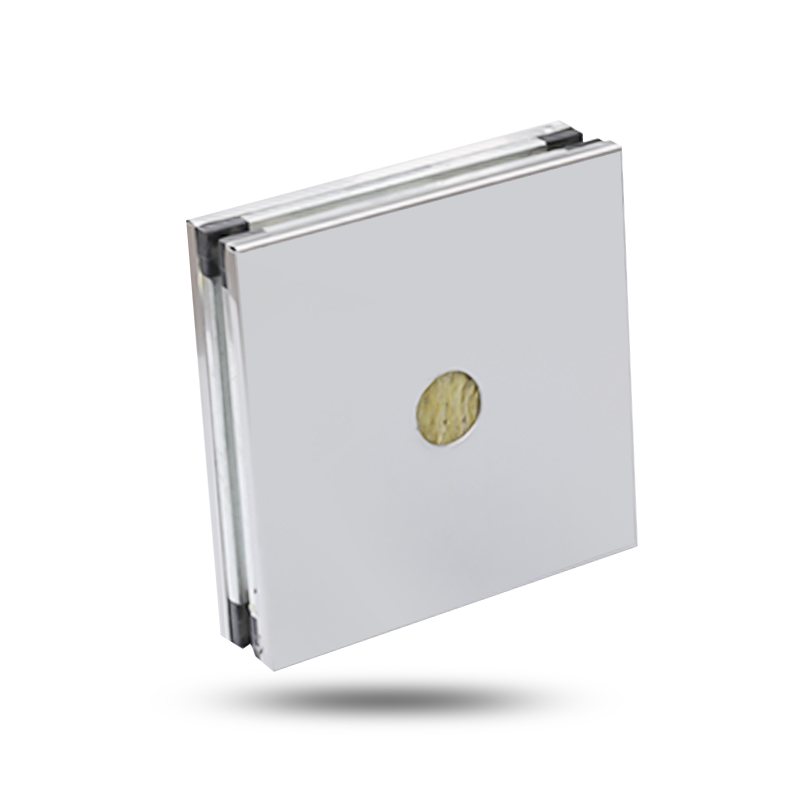

Clean room sandwich panels are composite building mater […]
Clean room sandwich panels are composite building materials designed to create controlled environments with low levels of dust, contaminants, and airborne particles. These panels typically consist of several layers, each with specific properties and functions. The main components of clean room sandwich panels are:
Facing Material: The facing material is the outermost layer of the panel and serves as the panel's visible surface. It provides protection and durability to the panel and can vary in composition. Common facing materials include materials like painted steel, stainless steel, aluminum, high-pressure laminate (HPL), and more. The choice of facing material depends on the specific requirements of the clean room, such as chemical resistance, ease of cleaning, and aesthetics.

Core Material: The core material is the central layer of the panel, sandwiched between the facing materials. The core material provides insulation and structural support to the panel. Different core materials are available, and the choice depends on factors like thermal insulation, fire resistance, and insulation against sound and vibration. Common core materials include:
Mineral Wool Core: Provides good thermal and acoustic insulation and fire resistance.
Polyurethane Core: Offers excellent thermal insulation and lightweight properties.
Polystyrene Core: Known for its insulation properties and affordability.
Honeycomb Core: A lightweight and rigid core material often used for aerospace and specialty applications.
Adhesive: Adhesive materials are used to bond the core material to the facing materials. High-quality adhesives ensure the structural integrity of the panel and prevent delamination. The choice of adhesive depends on factors such as environmental conditions and the materials to be bonded.
Sealing Materials: Clean room panels often have sealing materials along the edges and joints to prevent air leakage and maintain the integrity of the controlled environment. These seals are essential for maintaining the required level of cleanliness within the clean room.
Jointing Systems: Clean room panels are designed to interlock and create tight joints to maintain a sealed and secure clean room environment. The jointing systems can vary in design and material, including tongue-and-groove, cam-lock systems, and various other proprietary designs.
Reinforcements: In some cases, clean room panels may include reinforcements such as steel or aluminum profiles to enhance structural integrity and resistance to environmental stresses.
The specific combination of these components can vary depending on the manufacturer and the desired characteristics of the clean room panel. Different industries and applications have unique requirements, so clean room panels can be customized with various combinations of facing materials, core materials, and additional features to meet specific needs. The selection of clean room sandwich panels should consider factors such as cleanliness, insulation, fire resistance, chemical resistance, and ease of maintenance to ensure they meet the requirements of the intended controlled environment.
Our new models offer superb design;competitive prices and their new features give them distinct advantages over similar products from other manufacturers.